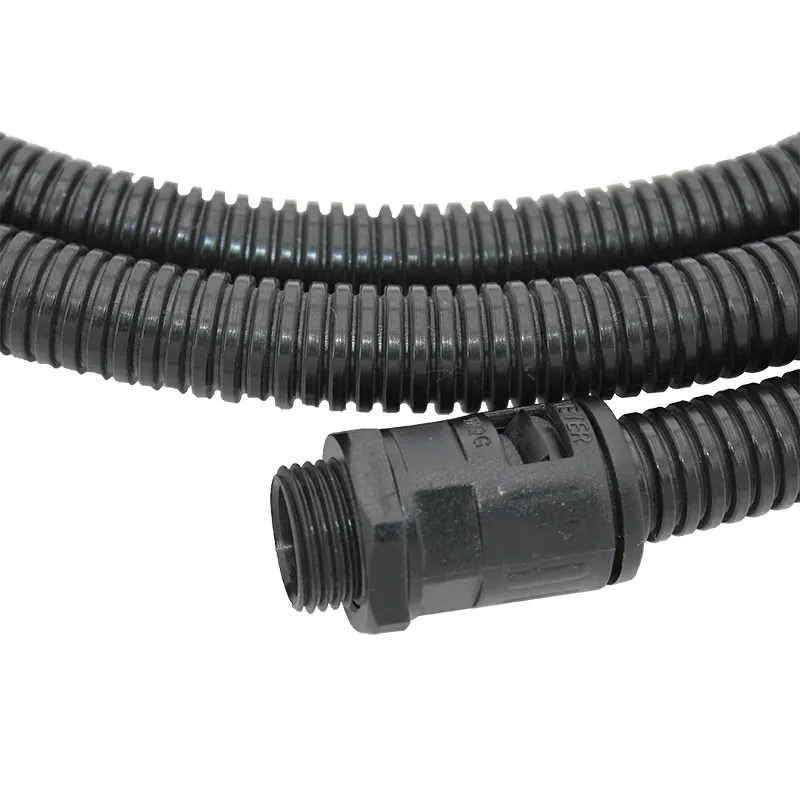cable drag chain wire carrier
Understanding Cable Drag Chains and Wire Carriers
In the realm of industrial automation and machinery, the efficient management of cables and hoses is crucial. One of the most effective solutions for organizing and protecting these components is the cable drag chain, also commonly referred to as wire carriers. These devices play a vital role in enhancing the longevity of cables and hoses, minimizing mechanical wear and ensuring smooth movement in dynamic environments. This article delves into the significance, functionality, and benefits of cable drag chains, highlighting their applications across various industries.
What are Cable Drag Chains?
Cable drag chains are flexible, chain-like structures that provide a protective and organized pathway for cables, hoses, and other flexible lines. Typically made from materials such as plastic, steel, or a combination thereof, these chains are designed to guide and contain moving cables while also shielding them from environmental hazards and mechanical damage. Drag chains are particularly essential in applications where cables must move with machinery, such as robotic arms, CNC machines, and conveyor systems.
How Do Cable Drag Chains Work?
The operation of a cable drag chain is relatively straightforward. The chain is mounted to the moving part of a machine while the other end remains stationary. As the machinery operates, the chain unfolds and extends, allowing the cables it contains to move freely while preventing tangles and excessive wear. This movement is typically smooth, thanks to the chain's design, which allows for frictionless gliding as it channels the cables without restriction.
Cable drag chains come in various sizes and configurations, accommodating different cable types and diameters. Some drag chains are designed with multiple compartments to handle various cables separately, ensuring that they do not interfere with one another during operation.
Benefits of Using Cable Drag Chains
1. Protection One of the primary advantages of cable drag chains is their ability to protect cables from mechanical damage, abrasion, and external hazards. By enclosing cables within a structured framework, drag chains shield them from exposure to harsh environmental conditions, including dust, moisture, and chemicals.
cable drag chain wire carrier

2. Organization In any industrial setup, cable management is crucial. By utilizing drag chains, businesses can maintain an organized work environment. These chains facilitate the orderly routing of cables, reducing the likelihood of entanglement or disarray, which can lead to downtime and increased maintenance efforts.
3. Flexibility Cable drag chains are designed to accommodate dynamic movements, making them suitable for a variety of applications. Whether it’s a linear motion in a CNC machine or the rotational action of a robotic arm, drag chains can be engineered to fit seamlessly into any system.
4. Durability Constructed from robust materials, cable drag chains are built to withstand the rigors of industrial environments. They can endure high wear and tear, contributing to a longer lifespan for the cables they protect and ultimately leading to reduced replacement costs.
5. Easy Installation and Maintenance Modern cable drag chains are designed for simplicity. They can be installed quickly and require minimal maintenance, making them an attractive option for manufacturing facilities that prioritize efficiency.
Applications Across Industries
Cable drag chains find applications across a wide range of industries, including manufacturing, automation, robotics, and transportation. In automated manufacturing, they protect and guide vital power and control cables, while in robotics, they ensure that sensitive wires are safely managed during movement. Furthermore, in the transport industry, cable carriers manage the intricate wiring needed for various vehicles' electrical systems.
Conclusion
In conclusion, cable drag chains and wire carriers are indispensable components in modern industrial systems. Their ability to protect, organize, and streamline the movement of cables ensures not only the efficiency of operations but also the safety and longevity of essential cabling systems. As industries continue to evolve and automation becomes more prevalent, the role of cable drag chains will only grow, highlighting their importance in maintaining optimal performance in the mechanical and robotic applications of the future.








